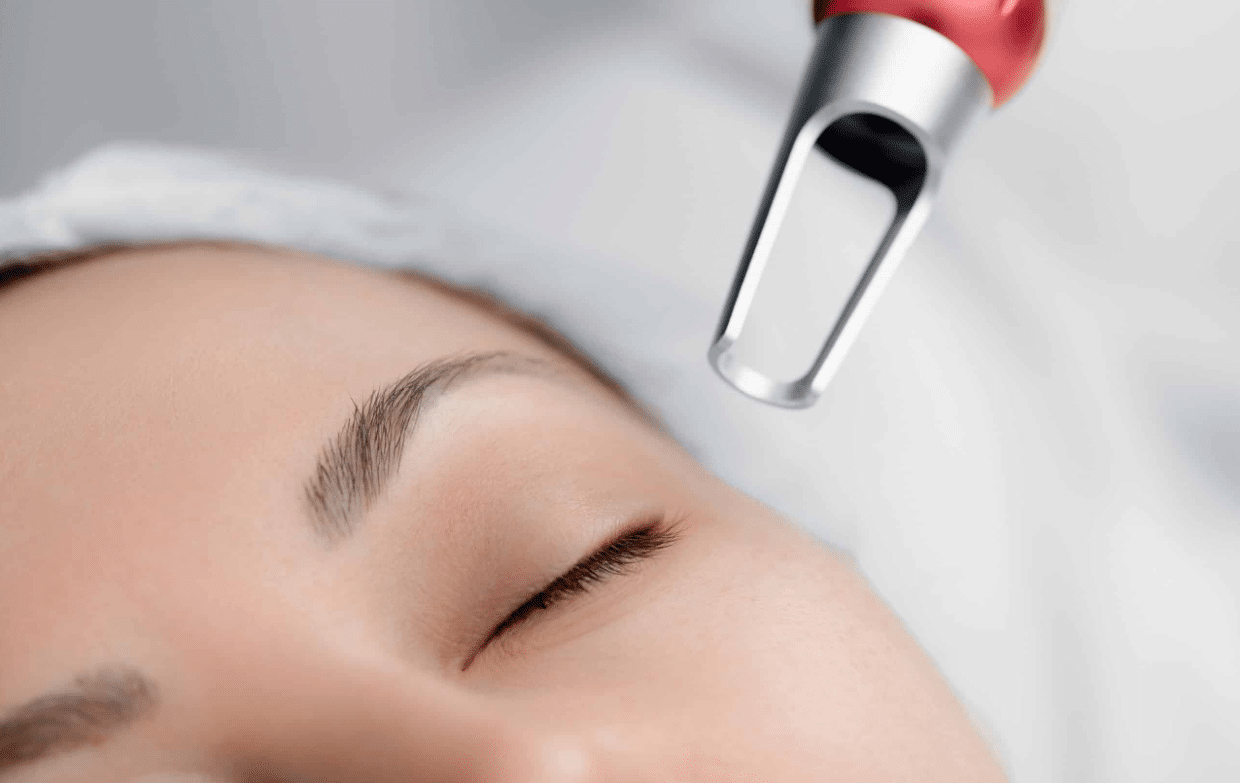Understanding whether can laser treatments remove stretch marks is a common concern for many seeking smoother, rejuvenated skin. Stretch marks, or striae, appear as lines or streaks on the skin due to rapid stretching or shrinking, often from pregnancy, weight changes, or growth spurts. Laser therapy has emerged as a popular non-invasive option to reduce their appearance by promoting collagen production and skin regeneration. This article explores how laser treatments work for stretch marks, their importance, types of laser therapies, preparation and aftercare, ideal candidates, choosing the right clinic, risks, benefits, frequently asked questions, and concludes with key insights.
What Is Laser Treatment and How It Works?
Laser Skin Treatments in Dubai(علاجات البشرة الليزر في دبي) use focused beams of light to target the deeper layers of the skin without damaging the surface. This stimulates the body’s natural healing process, encouraging collagen and elastin production, which are crucial for skin elasticity and repair.
The importance of laser treatment lies in its ability to improve skin texture and color uniformity, making stretch marks less noticeable. While laser therapy does not completely erase stretch marks, it significantly reduces their visibility, improving confidence and skin appearance.
Types of Laser Treatments for Stretch Marks:
Fractional Laser Therapy:
Fractional lasers create tiny micro-injuries in the skin, triggering natural healing and collagen production. This method is popular for its effectiveness in remodeling skin and minimal downtime.
Pulsed Dye Laser (PDL):
PDL targets blood vessels in newer, red stretch marks, reducing redness and promoting collagen growth. It’s particularly effective in early-stage stretch marks.
Excimer Laser:
This laser stimulates pigment production, helping to even out skin tone in areas affected by stretch marks, especially useful for lighter marks.
Ablative Laser:
Ablative lasers remove outer skin layers to promote regeneration. These are more aggressive treatments, ideal for deeper or older stretch marks but require longer recovery.
Preparation and Aftercare for Laser Stretch Mark Treatments:
Preparation:
-
Avoid sun exposure for at least two weeks before treatment to prevent complications.
-
Discontinue retinoids, exfoliants, and certain skincare products as advised.
-
Keep skin clean and hydrated.
-
Discuss any skin conditions or medications with your provider.
Aftercare:
-
Use gentle, non-irritating cleansers and moisturizers.
-
Avoid direct sunlight and apply broad-spectrum sunscreen regularly.
-
Do not pick or scratch treated areas to prevent scarring.
-
Follow any specific instructions from your treatment provider regarding creams or ointments.
-
Stay hydrated and maintain a healthy lifestyle to support healing.
Proper preparation and aftercare are vital to optimize results and minimize side effects.
Ideal Candidate and How to Choose the Right Clinic:
Ideal Candidate:
-
Has realistic expectations about gradual improvement.
-
Possesses healthy skin without active infections.
-
Is committed to following pre- and post-treatment care.
-
Understands that multiple sessions may be needed for best results.
Choosing the Right Clinic:
-
Look for clinics specializing in laser treatments for stretch marks.
-
Ensure practitioners customize treatments based on skin type and stretch mark severity.
-
Seek clinics that provide thorough consultations and aftercare support.
-
Choose facilities that use FDA-approved laser devices with experienced technicians.
Selecting the right clinic and Laser Treatments(إزالة الشعر بالليزر ) plan maximizes safety and effectiveness.
Risks and Benefits of Laser Treatment for Stretch Marks:
Benefits:
-
Non-invasive and minimally painful.
-
Improves skin texture, tone, and elasticity.
-
Reduces redness and discoloration in stretch marks.
-
Boosts collagen production for long-lasting effects.
Risks:
-
Temporary redness, swelling, or irritation.
-
Possible pigmentation changes, especially in darker skin tones.
-
Rare risk of scarring if aftercare instructions are not followed.
-
Multiple sessions required for noticeable improvement.
Understanding these helps set realistic expectations and promotes informed decisions.
Frequently Asked Questions (FAQs):
How many sessions are needed to see results?
Typically, 3 to 6 sessions spaced several weeks apart are recommended depending on stretch mark severity.
Is laser treatment painful?
Most patients experience mild discomfort, often described as a snapping sensation; topical anesthetics can be used to reduce pain.
Can laser treatments completely remove stretch marks?
Laser therapy improves appearance but does not completely remove stretch marks.
Are laser treatments safe for all skin types?
Many lasers are safe for various skin tones, but specific types may be better suited for certain skin types. Consultation is necessary.
Conclusion:
The question can laser treatments remove stretch marks is best answered by understanding that while lasers cannot erase stretch marks entirely, they significantly diminish their appearance by stimulating skin healing and collagen production. Choosing the right type of laser treatment, preparing adequately, following aftercare instructions, and selecting an experienced clinic ensures the safest and most effective results. With patience and proper care, laser therapy can help you achieve smoother, more even skin and renewed confidence.







0 Comments